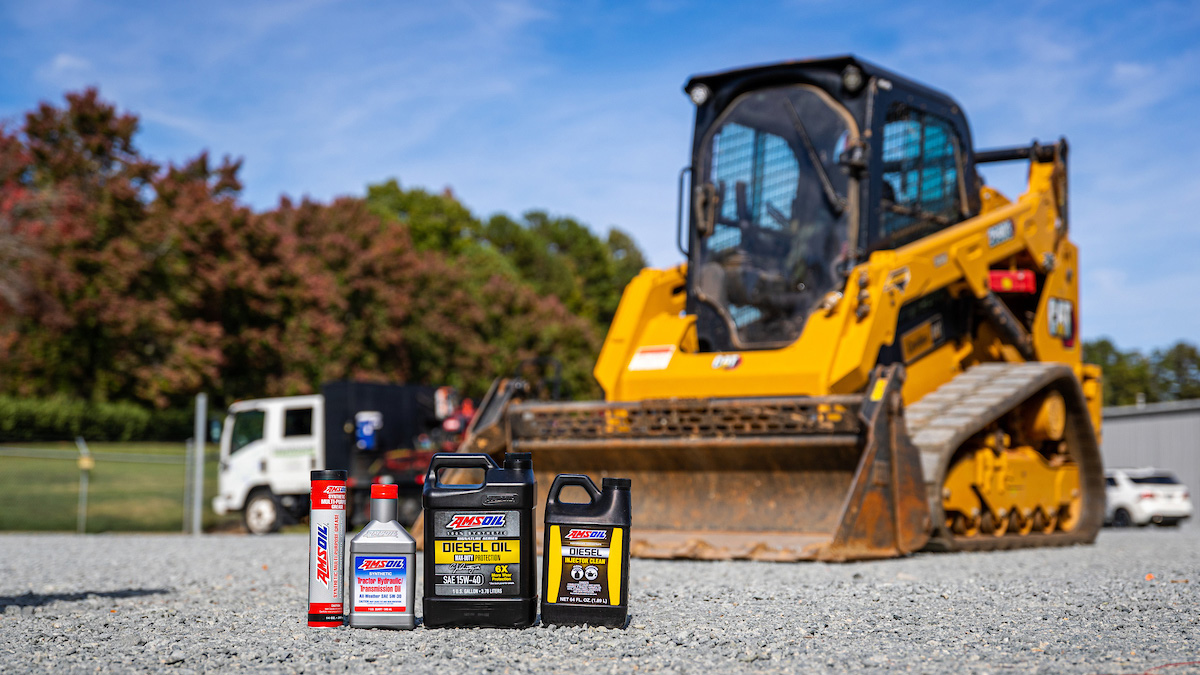Top 5 Skid Steer Maintenance Tips _by David Hilgendorf|September 29, 2023 Skid steers are built for tough construction, excavation, agricultural and other professional projects. Whether you’re clearing land, moving rocks or tearing down a wall, a skid steer is an excellent piece of equipment for many different jobs. But these nimble machines can be expensive […]
You are browsing archives for
Tag: skid steer
The 8 Most Useful Skid Steer Attachments
The 8 Most Useful Skid Steer Attachments Josh Kimmes|Apr 02, 2019 3:01 PM As a young farm kid, before I could operate the tractors, I had to pick rocks and sticks in the fields. I sometimes unearthed boulders that would have broken the blades on the tiller immediately. I remember thinking, “This can’t be the […]

